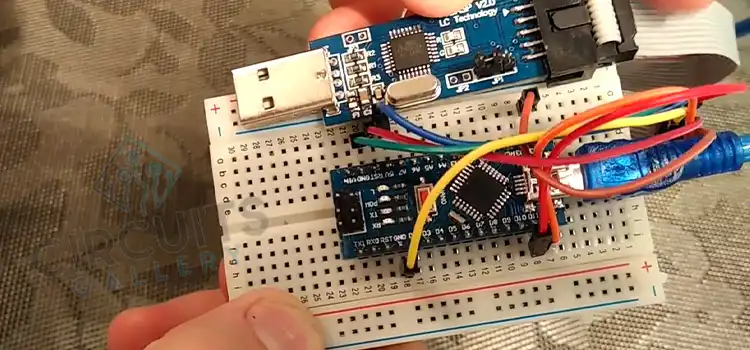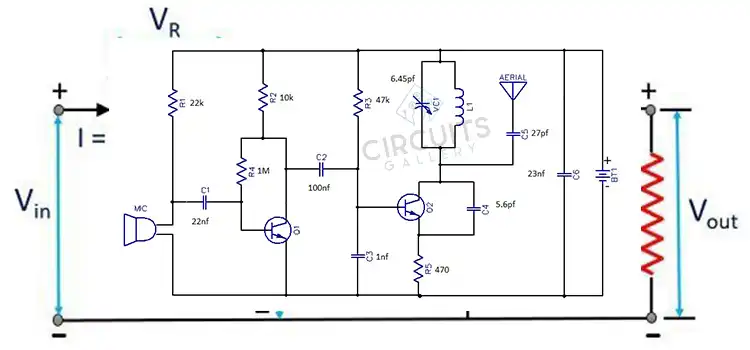Welcome to Circuits Gallery
Let’s Upgrade your Electronics knowledge with the latest and greatest CG tips and guides
The story of Circuit Gallery is quite a funny one. During our college years, we had to fix a ceiling fan. It was our first-hand experience of how wiring an electric device wrong would turn it into a total disaster. After that incident, some like mind friends set up a goal to educate people about circuit boards, electric connections, DIY soldering, and much more. And Circuits Gallery was born…
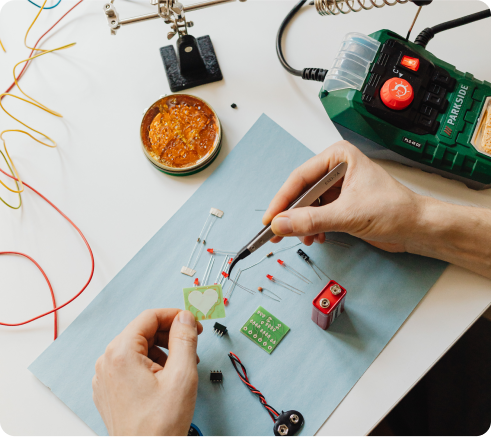
We are featured on
We’re proud to have been featured by some of the world’s leading organizations. These features highlight our excellence in the field of Electronics Knowledge. Here are a few of the organizations that have recognized our work
 Browse Categories
Browse Categories
Find Popular topics for your circuit needs:
Recent Blogs
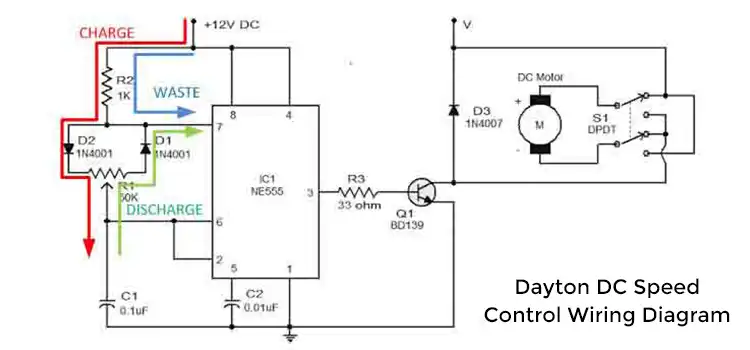
Dayton DC Speed Control Wiring Diagram | A Comprehensive Guide
The Dayton DC speed control wiring diagram serves as a vital guide in understanding the connections between the control unit and the DC motor. This…
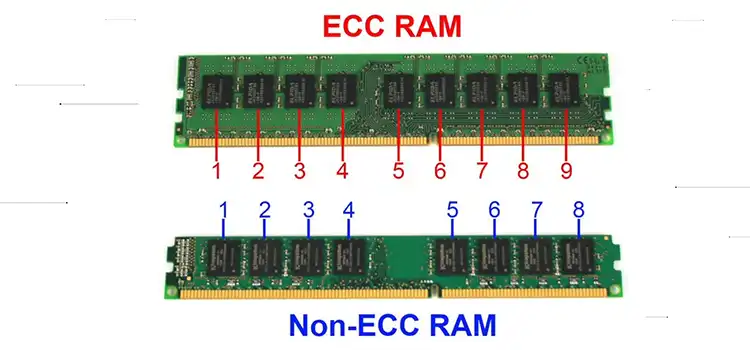
Can You Use ECC RAM in Non-ECC Motherboard | Answered
Random Access Memory (RAM) is the unsung hero of computing, swiftly shuttling data between your processor and storage. Error-correcting code (ECC) RAM, in particular, stands…
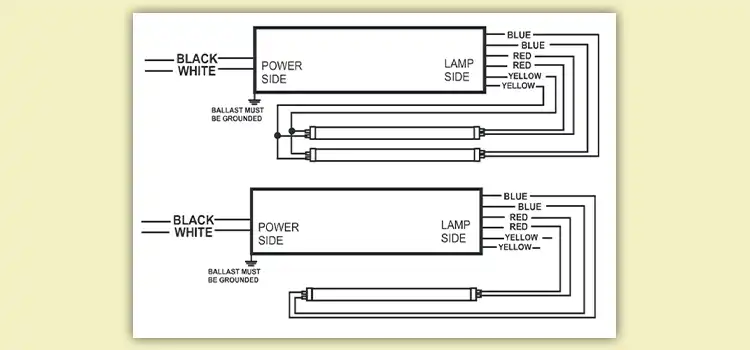
WH5 120 L Wiring Diagram | Explained
The WH5 120L, a versatile ballast by Fulham Co., Inc., requires correct wiring for optimal performance. Its diagram uses symbols like L (hot wire), N…
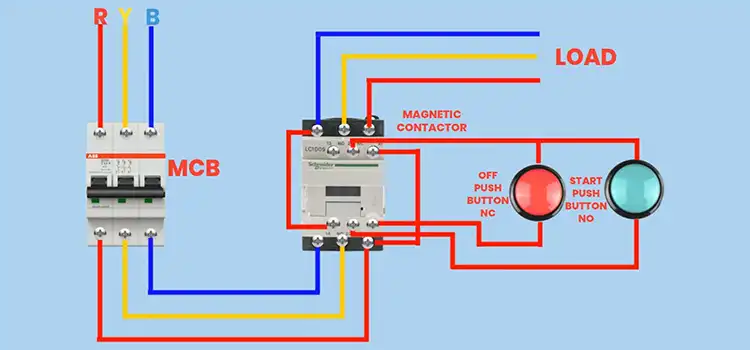
208V Lighting Wiring Diagram | Explained
208V is a voltage commonly derived from a three-phase power system. In North America, particularly in commercial and industrial environments, a three-phase power distribution system…
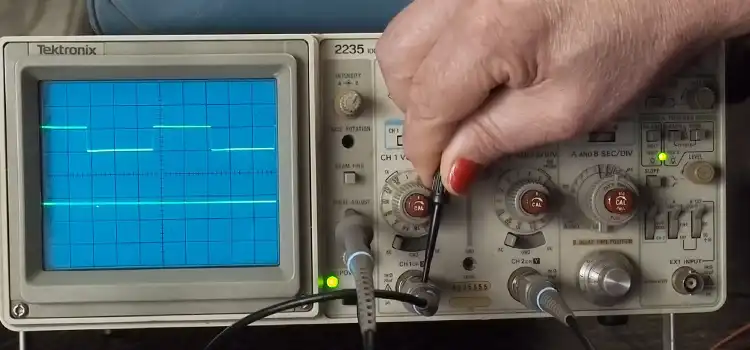
How to Test an Amplifier with an Oscilloscope | A Comprehensive Guide
Oscilloscope testing of amplifiers is a useful method for assessing their performance and identifying problems with audio systems. An oscilloscope gives you the ability to…
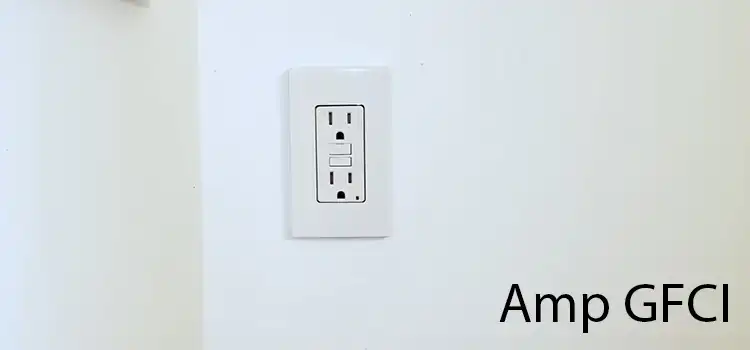
What Amp GFCI for Bathroom | Answered
The bathroom, a place of tranquility and rejuvenation, is also one of the most functional spaces in a home. Amidst the design considerations and aesthetic…
Can’t Find What You’re Looking For?
Need Assistance?

Circuits Gallery works on –
Experiment
We guide you through hands-on experiments to demystify electronics, regardless of your skill level
Innovate
Stay at the cutting edge with our insights into emerging tech trends and innovative circuit designs
Find Solutions
Count on us for troubleshooting and solutions, making electronic device issues a thing of the past
Circuits Gallery Monthly Numbers
Monthly readers
Circuit Solutions
Creative Projects
How Circuits Gallery Ensure Quality Content?
At Circuits Gallery, a bunch of young EEE engineers invest countless hours in researching, experimenting, and fine-tuning every article. Their dedication ensures that you receive accurate, up-to-date, and reliable information.
Expert Opinions
We start with insights from our Electrical and Electronics Engineers (EEE)
Thorough Research
In-depth research from credible sources informs our content
Editors’ Review
Experienced editors ensure clarity and readability
Publishing
Only after passing these stages do articles earn their place on our site



















